Netflix recently announced a new cheaper subscription package for just €5.49 a month, which will be available from November 10th 2022. The only catch is that your viewing will be interrupted by ads.
The company said that advertising can “reach the right audience” and will ensure that the ads are displayed “are relevant to consumers”.
The basic plan without adverts will be €7.99 for one device and up to €17.99 for up to four devices.
As the creator of hugely successful Spanish shows such as La Casa de Papel (Money Heist), Las Chicas del Cable (Cable girls) or Élite, Netflix has attracted many loyal subscribers. But there are other options for those considering switching to a different platform.
These are the other main subscriptions platforms in the country and their prices:
Filmin – €7.99/month or €84/year
Filmin is Spain’s leading subscription platform for independent and arthouse films and TV shows.
Movistar+ Lite – €8/month
Movistar, the major telecommunications provider owned by Telefónica, launched its own VOD platform in 2015. It has established itself as one of the country’s most important VOD platforms.
Amazon Prime Video – €4.99/month or €49.90/year.
Amazon Prime recently raised its rates on September 15th 2022, from €3.99/month to €4.99/month. They also have special discounted packages for students.
Disney + – €7.99/month with ads, €10.99/month without or €109.99/year
Disney+ launched in Spain in March 2020 with a broad offering including Disney, Marvel, Pixar, Star Wars and National Geographic.
Apple TV+ – €4.99/month
The platform currently offers a 3-month free trial after which it costs €4.99/month with shows like Mare of Easttown and The Morning Show.
HBO Max – €8.99/month or €69.99/year
The maker of “Game of Thrones” and the Harry Potter movies is launching HBO Max in Spain on October 26th, bringing together the entire Warner universe on one platform. The streaming service will replace HBO España which launched in Spain in 2016. Recent blockbusters like ‘Dune’ and ‘The Matrix: Resurrections’ will be available on the streaming platform after their run in cinemas.
Rakuten.tv – €6.99/month
Headquartered in Barcelona, this VOD streaming service includes content from Warner Bros, Disney and Sony Pictures as well as local distributors and independent labels. The monthly subscription offers access to its catalogue, but some of it is also available for free.
Starzplay – €4.99/month
Starzplay is a VOD platform run by American entertainment company Lionsgate, offering Hollywood films and TV shows and children’s programs. It arrived in Spain in 2019, and is also available via Canal+ subscriptions.



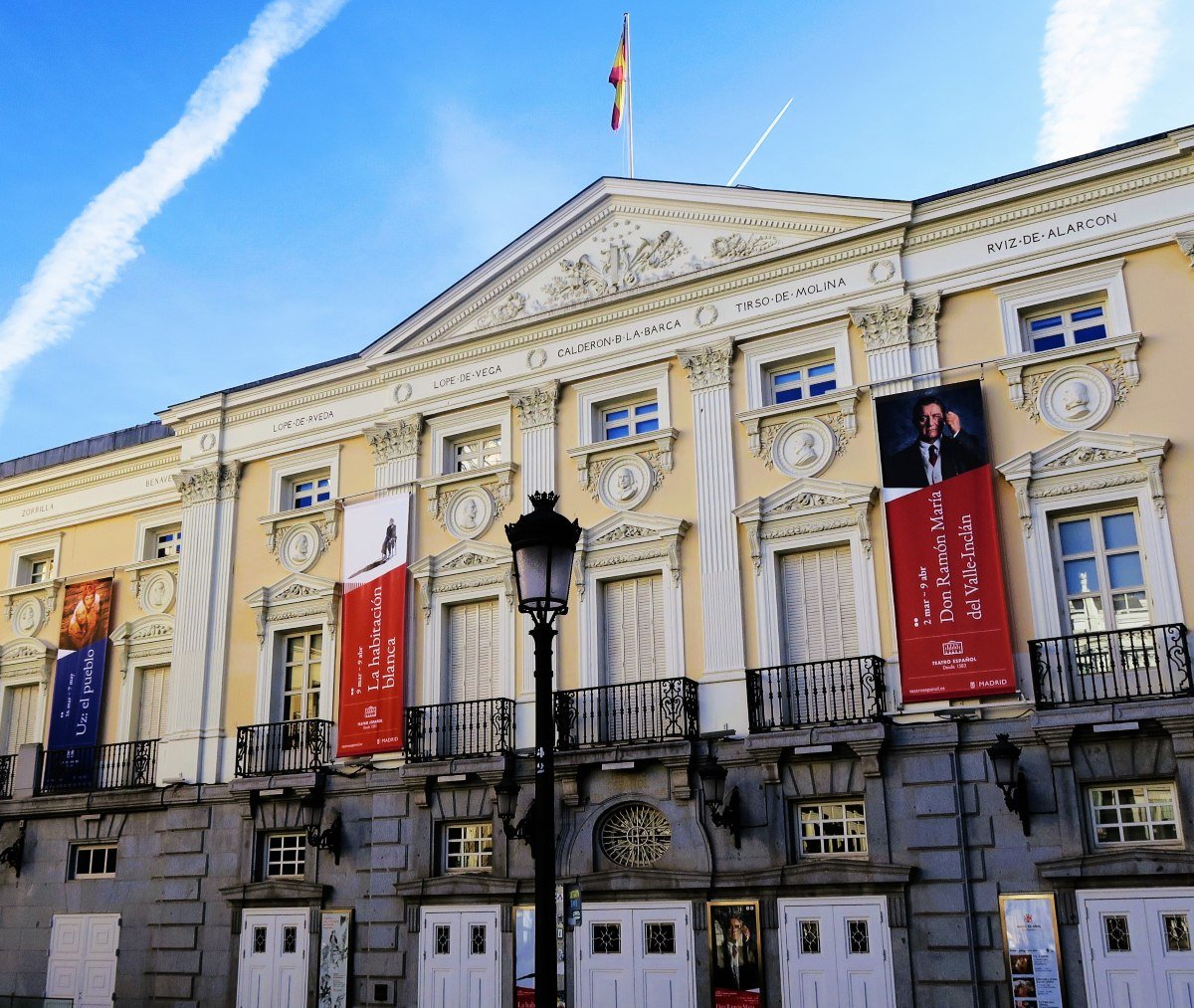
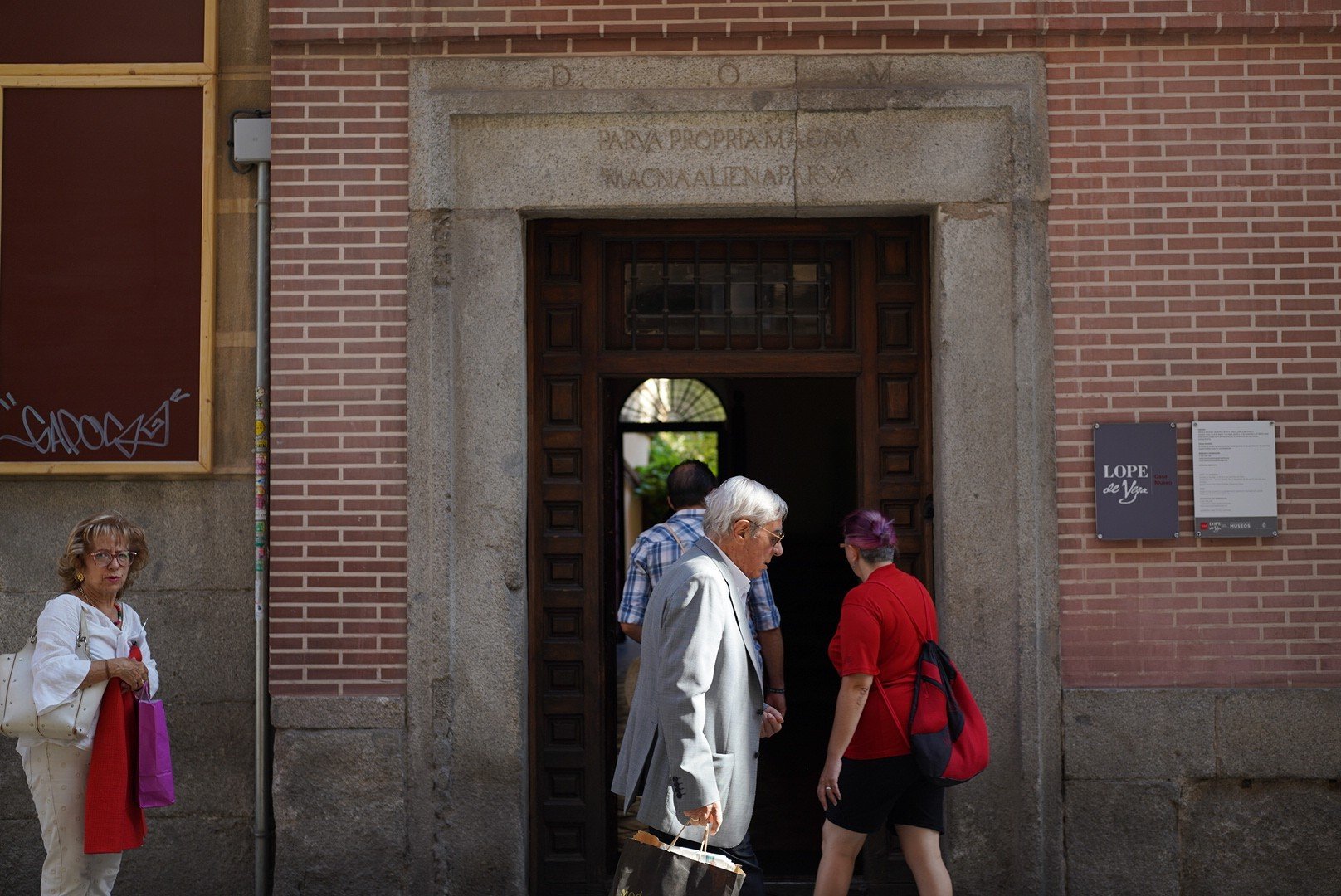


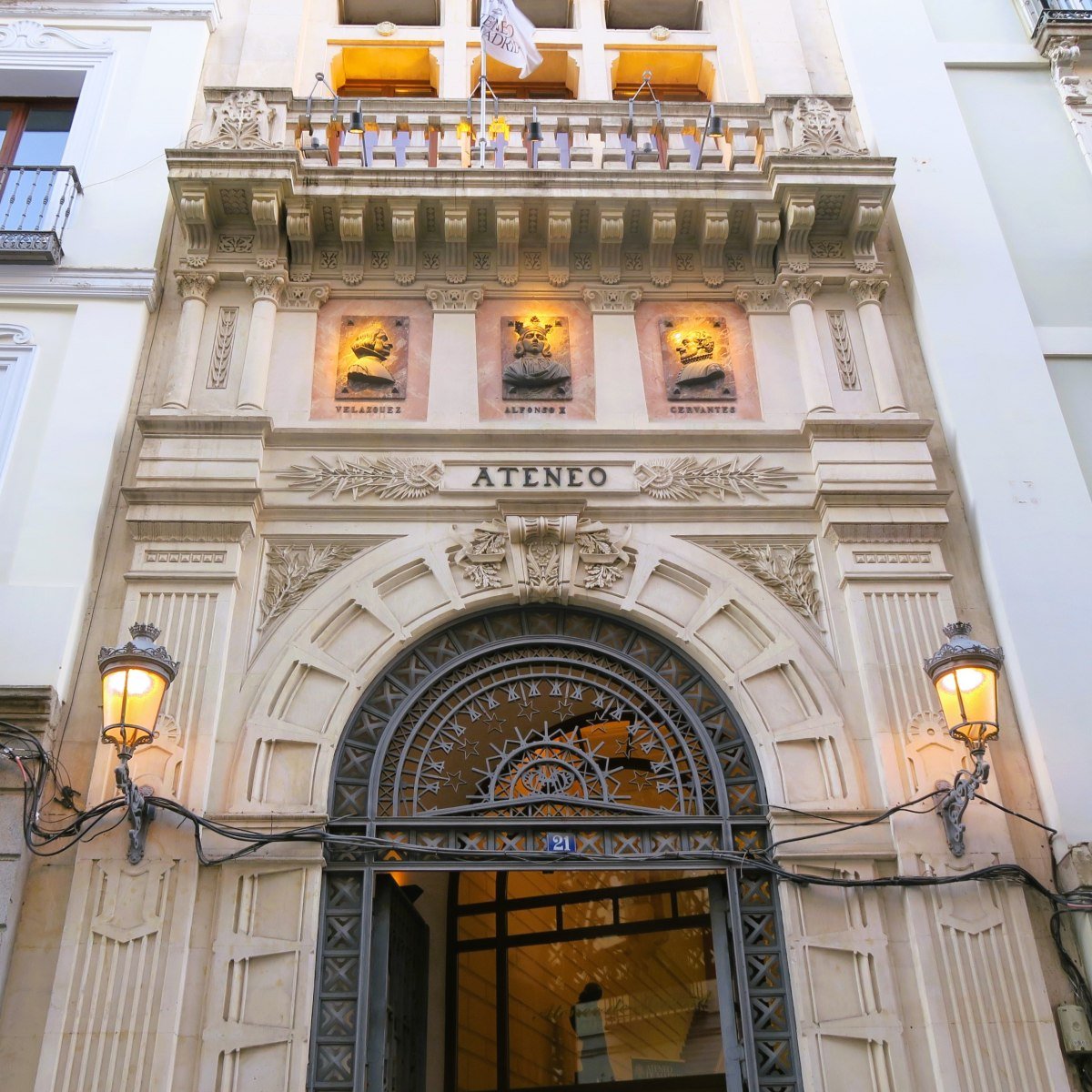
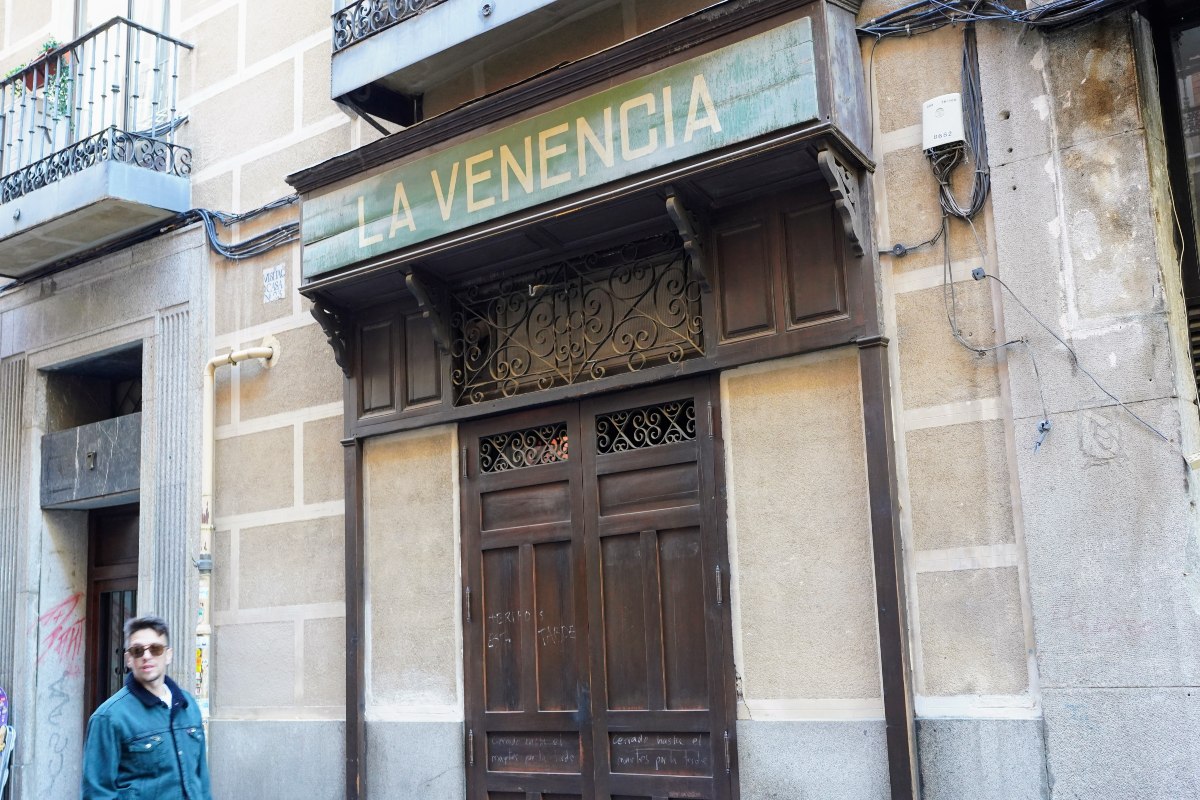
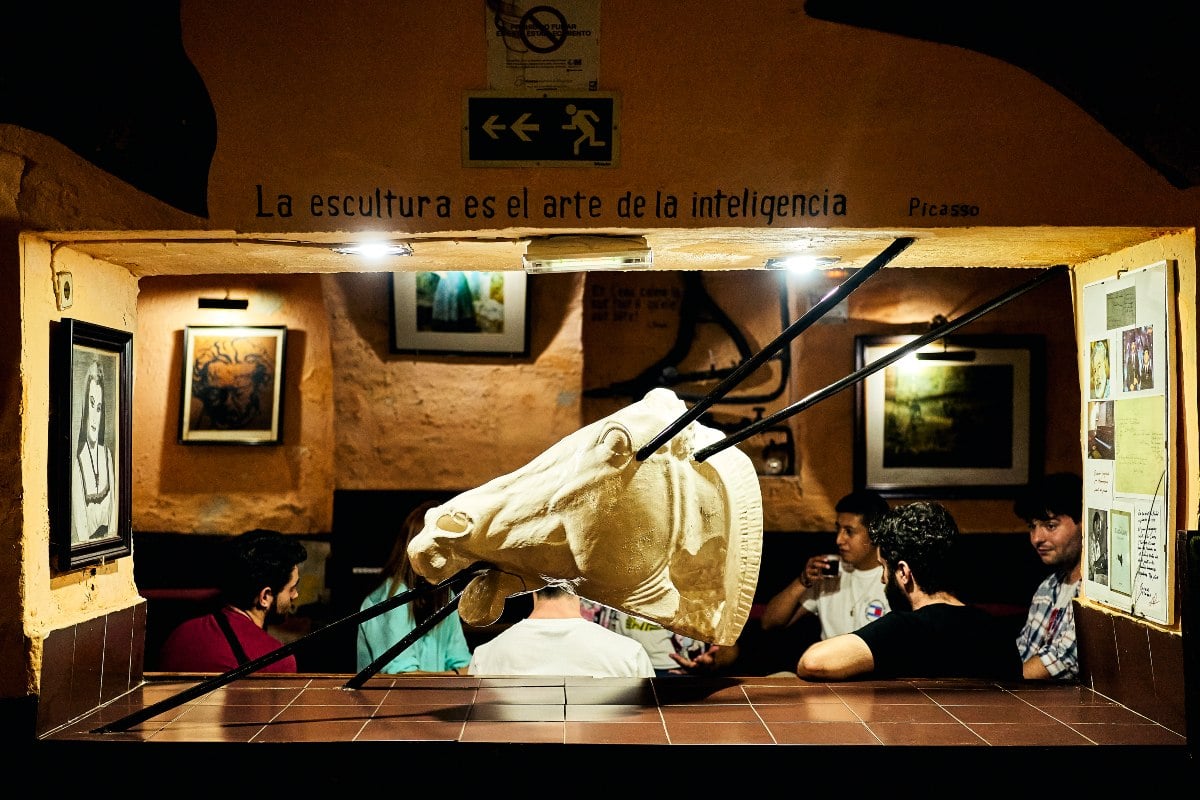
 Please whitelist us to continue reading.
Please whitelist us to continue reading.
Member comments